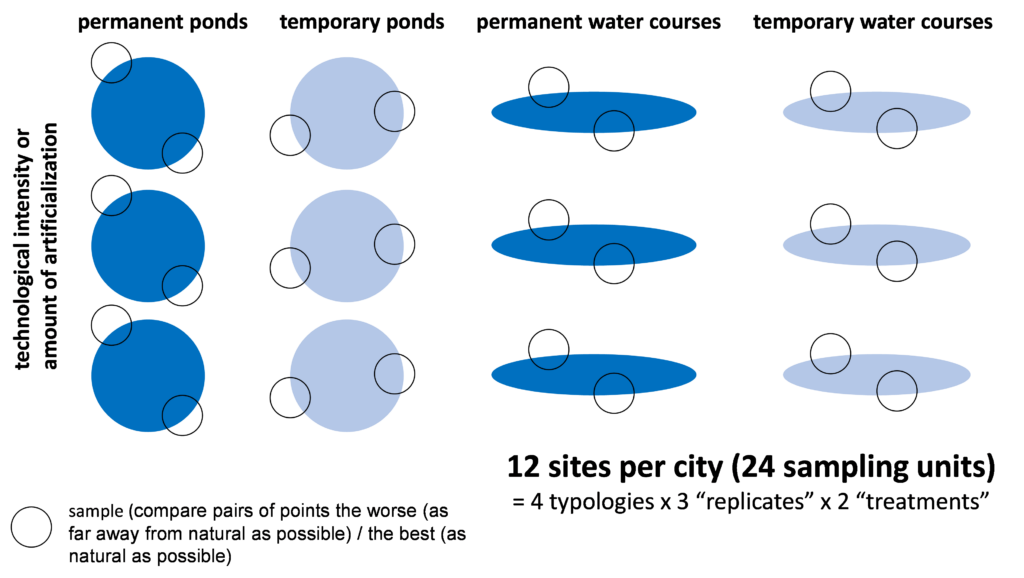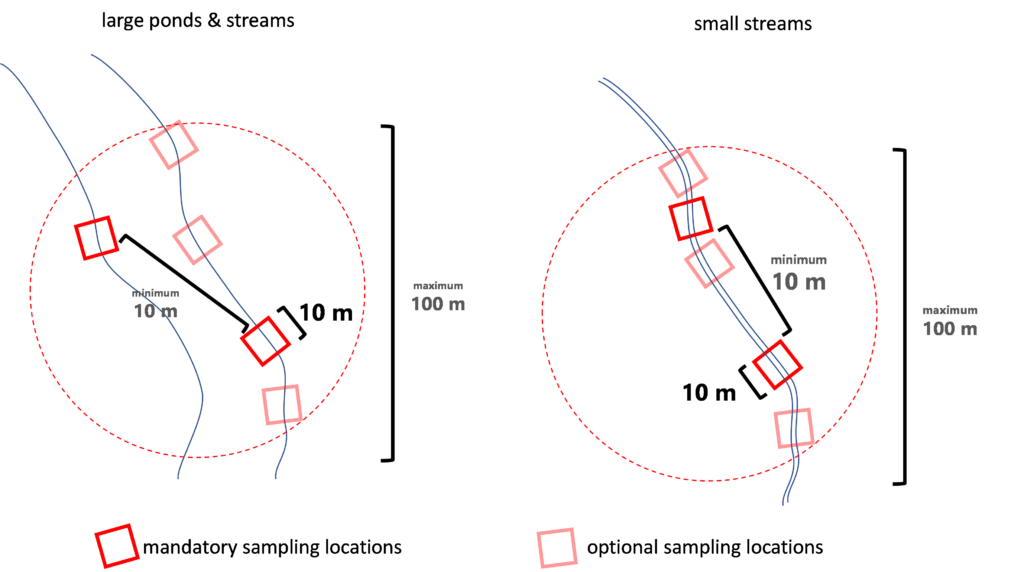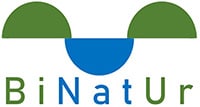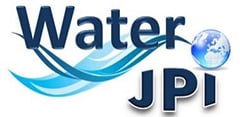How Do We Sample Aquatic Invertebrates at Sites with Aquatic Nature-based Solutions?
By Vladimíra Dekanová
Aquatic invertebrates are involved in many important processes in aquatic ecosystems, since they contribute significantly to nutrient cycling and the turnover of organic material. From this reason, invertebrates represent a useful ‘indicator community’ for assessing the condition of freshwaters. This is because their taxonomy, status, and ecology, including phenology as well as associations with habitat, are generally well known. Thus, the community structure, species composition, richness and diversity of benthic invertebrates have frequently been used in environmental monitoring as bio-indicators of ecosystem health and a system’s ecological integrity.
Study Site Sampling Strategy
One of the main research objectives of our project is to understand the links between the freshwater macroinvertebrate biodiversity and the ecosystem services (“ES”) in aquatic nature-based solutions (“aquaNBS”). AquaNBS are expected to support biodiversity through the restoration or construction of new habitats. Besides the study of this important but still rarely studied linkage, we will also take into account the social, ecological and technological factors that influence ecological quality of aquaNBS.
To fulfil this objective, we conducted in-situ empirical research to study aquatic invertebrate biodiversity in aquaNBS in five European countries – Finland (Helsinki), Poland (Poznań), Germany (Berlin), Belgium (Antwerpen) and Portugal (Lisbon), as counties with different biogeographical regions and invertebrate communities. Sampling of invertebrates was conducted in a year 2024 during the most favourable season for each country in 12 research sites with four types of aquatic ecosystems. Sampling was focused on urban areas where the aquaNBS have been implemented. Studied sites represented:
- permanent ponds
- temporary ponds
- permanent brooks (water courses)
- temporary brooks (water courses)
Every research site was further divided by two contrasting sub-sites:
- with more vegetated area, which represents the natural state of a sub-ecosystem, and
- with more artificialized area, which represents the degree of sealing and lack of vegetation.

Sampling of aquatic invertebrates within each sampling site (brook or pond) corresponded to a circular area with a 50-m radius. Two contrasting sub-sites are sampled, corresponding to the more vegetated sub-site and the more artificialized one.
Sampling and Measurements in the Field
Invertebrate sampling was adapted from the Water Framework Directive application in Portugal and by AQEM system. Invertebrates were collected with a D-shaped net using kick sampling within 2.5 minutes in 10 x 10 m square. Every sampling covers the most representative bottom substrates proportionally to their area in the square, such as sand/slit, gravel/pebbles, cobbles, rocks and boulders. This method was supplemented with hand-collecting under rocks and sweeping in areas with macrophytes. Immediately after collection in the field, caught individuals were preserved and transferred in plastic bottles to the laboratories for further processing.

Location of the mandatory and optional sampling quadrats within the sampling site. For small ponds, we used one of the options, depending on their size and shape.
Important part of the research objective is to understand how the invertebrate community is influenced by the environment within the local conditions. For this reason, we also measured physicochemical parameters of water at each site, such as temperature, pH, conductivity, and dissolved oxygen, using a portable multiparameter probe. Adapted River Habitat Survey protocol was used to characterize every research site within the 100 m radius, focusing on bottom and bank material and its profile, land-use, surrounded vegetation, and other features.
After this field work, invertebrates will be determined to the lowest taxonomic level at the laboratories and data will be processed for the further analyses, such as comparison of communities across countries using diversity metrics and indices and study the effect of aquaNBS on community structures. To fulfil other work packages and tasks, we also recorded the present terrestrial vegetation, macrophytes and took samples of water for isotope and eDNA analyses.
Sampling in action. Video by Pedro Pinho.
References
Chadd, R. (2010). Assessment of aquatic invertebrates. Conservation monitoring in freshwater habitats: A practical guide and case studies, 63-72.
Dallas, H. F. (2000). Ecological reference condition project: Field-manual. General information, catchment condition, invertebrates and water chemistry. National Biomonitoring Programme for Riverine Ecosystems: Report Series, (10).
European Union 2021. The EU and nature-based solutions. https://ec.europa.eu/info/research-and-innovation/research-area/environment/nature-based-solutions_en
Frantzeskaki, N., McPhearson, T., Collier, M. J., Kendal, D., Bulkeley, H., Dumitru, A., … & Pintér, L. (2019). Nature-based solutions for urban climate change adaptation: linking science, policy, and practice communities for evidence-based decision-making. BioScience, 69(6), 455-466.
INAG, I. (2008). Protocolo de amostragem e análise para os MACROINVERTEBRADOS BENTÓNICOS. Ministério do Ambiente, do Ordenamento do Território e do Desenvolvimento Regional. Instituto da Água: Lisboa, Portugal.
Malmqvist, B. (2002). Aquatic invertebrates in riverine landscapes. Freshwater biology, 47(4), 679-694.
Reynoldson, T. B., & Metcalfe-Smith, J. L. (1992). An overview of the assessment of aquatic ecosystem health using benthic invertebrates. Journal of aquatic ecosystem health, 1, 295-308.
Wetzel, R. G., & Likens, G. (2000). Limnological analyses. Springer Science & Business Media.

Project funders:
This research was funded through the 2020-2021 Biodiversa and Water JPI joint call for research projects, under the BiodivRestore ERA-NET Cofund (GA N°101003777), with the EU and the funding organisations The Research Foundation - Flanders (FWO), Belgium; Academy of Finland (AKA), VDI/VDE-IT, Germany; National Science Center (NCN), Poland and Fundação para a Ciência e Tecnologia (FCT), Portugal

